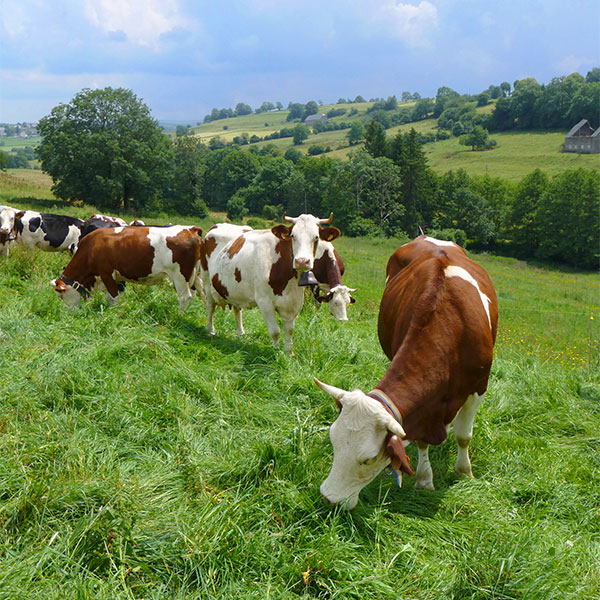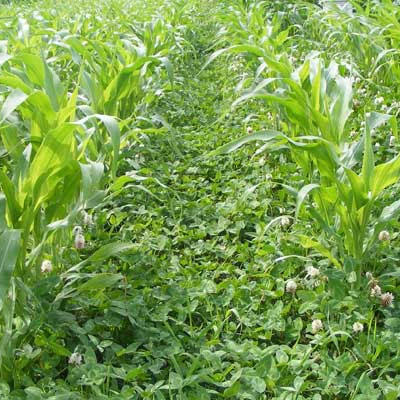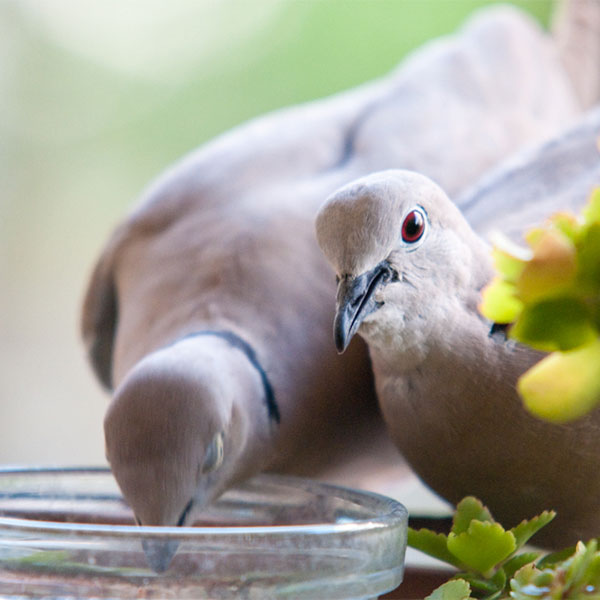FESCUE
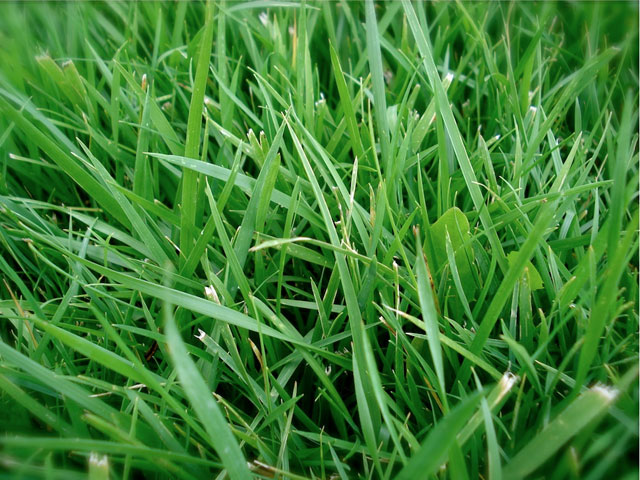
FESCUE – Festuca
Poaceae
Many species of Fescue are used for fodder. The various wild species of fescue can be found in common meadows. It may be a biological indicator for some Fescues, in other words, an organism that provides information on the quality of the environment.
The presence of this species indicates a state of degradation in the environment in which it had developed. Like all graminaceae, the plant is characterised by the ear of grain, the grain itself as well as the formation of straw.
Types
TALL FESCUE
(Festuca arundinacea)
It is a native to cool temperate regions of the Northern Hemisphere and was introduced to Australia, New Zealand and Patagonia. Native to Italy.
It grows in thin, calcareous, sandy, sun-exposed soil types. It resists the cold well while resisting heat and drought moderately well.
It is suitable for forming permanent meadows and pastures in cold regions and in thin mountain soil types; it is not very productive for haymaking.
Characteristics:
| Characteristics | Perennial – Caespitose – Upright – Low stature |
|---|---|
| Climate Adaptability | Warm and cool temperate |
| Climate Resistance | Cold, humid and dry |
| Soil Adaptability | Heavy, clay – Light, sandy – Calcareous |
| Areas of Cultivation | North and South: mountains and plains |
| Use | Pasture, Anti-erosion |
| Particular Attribute | Not very productive |
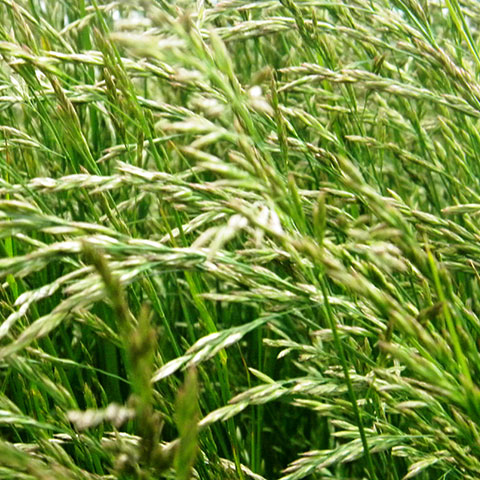
SHEEP’S FESCUE
(Festuca ovina)
Perennial, caespitose grass with very large clusters and a deep root: it is very rustic and demonstrates great adaptility.
It tolerates relatively deep, moist soil types, water stagnation and drought but not for long periods of time, as well as different soil reactions. It resists the winter cold and heat well.
The species has an early-medium development rate.
Characteristics:
| Characteristics | Perennial – Caespitose – Upright – Tall |
|---|---|
| Climate Adaptability | Mediterranean – Warm and cool temperate |
| Climate Resistance | Hot and cold |
| Soil Adaptability | It has no problems adapting |
| Areas of Cultivation | North and South: mountains and plains |
| Use | Pasture, Hay |
| Particular Attribute | Excellent adaptability |
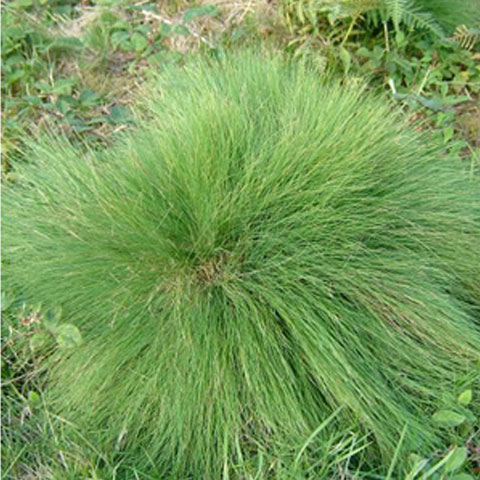
MEADOW FESCUE
(Festuca pratensis)
Caespitose grass with stems that reach 45-110cm, it forms loose clusters with many shoots. It includes biotypes with various levels of resistance to the cold.
It is the most commonly-grown broadleaf fescue due to its adaptability to different pedoclimatic conditions and its high-quality forage.
It is used for mixed meadows in fresh hill and mountain regions.
It is sown in springtime and emerges after two weeks.
Characteristics:
| Characteristics | Perennial, caespitose, upright, tall and medium height |
|---|---|
| Climate Adaptability | Mediterranean – Warm and cool temperate |
| Climate Resistance | Hot, cold and dry |
| Soil Adaptability | Light and sandy – Heavy, clay – Calcareous – Acidic |
| Areas of Cultivation | North: mountains and plains |
| Use | Pasture, Hay, Ornamental lawns |
| Particular Attribute | It prefers cool climates |
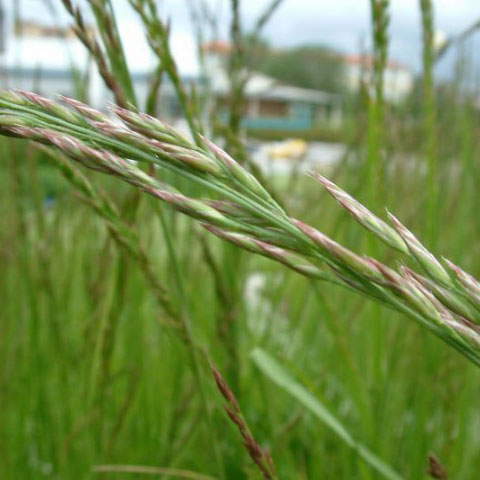
RED FESCUE
(Festuca rubra)
A perennial rhizomatous grass, which is low in size (about 50cm). It is found in meadows up until the Alpine region.
It does not have many soil or climate requirements. It is resistant to cold and drought if these do not last for extended periods.
It grows in moist soil and also on arid, poor and calcareous soil types.
Typical plant for extensive and frequently-used pastures. It is very resistant to trampling.
It should be sown in springtime, 1-3 Kg/Ha of seed, mixed with other grass species. It does not stifle other plants nor does it become stifled.
Characteristics:
| Characteristics | Perennial, caespitose, upright, tall and medium height |
|---|---|
| Climate Adaptability | Mediterranean – Warm and cool temperate |
| Climate Resistance | Hot, cold and dry |
| Soil Adaptability | Light, sandy – Heavy, clay – Calcareous – Acidic |
| Areas of Cultivation | North: mountains and plains |
| Use | Pasture, Hay |
| Particular Attribute | It prefers cool climates |
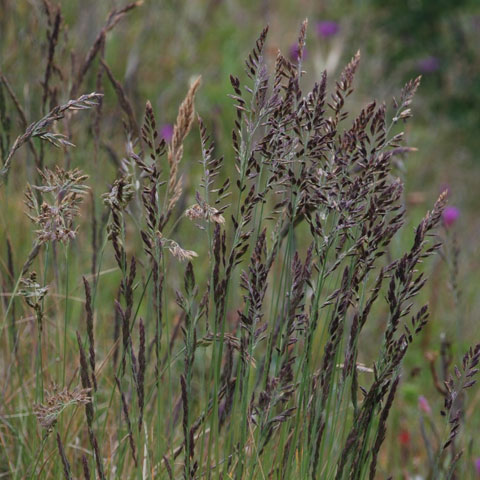
Part of the family Poaceae.
Includes over 600 species.



